Crack-sharp shots, unusual angles, ideal use of light and motifs, perfectly staged - good pictures are a matter of luck without a tripod. Very few photographers have "a knack" for blur-free pictures under 1/60 second exposure time, and for videographers tripods are part of the basic equipment.
Tripods consist of a lower part that supports the weight and ensures a secure stand, and a tripod head with which the camera can be flexibly rotated and tilted. An initial purchase should include tripod and tripod head.
Absolute freedom in choosing exposure time without blurring images.
Concentrate on focus and image composition while keeping your hands free to operate other accessories.
Shoot series of images in the same frame and perspective. This makes post-processing easier and ensures reproducible results - for panoramas, product and astrophotography, for example.
Additional acquisition costs
Additional weight
Increased effort to set up a kit
Most tripods are easy to handle, quick to set up and easy to transport. Models with a good price-performance ratio pay for themselves quickly; the latest technology makes feather-light tripods possible with the best stability. A good tripod accompanies you through your whole life - beyond every new camera purchase and every system change.
Even the top models from Gitzo, Manfrotto, Vanguard and Sirui are characterised by their durability in the most extreme situations with low weight and a precision that is second to none. For price-conscious customers we recommend the cheaper models of these manufacturers, they are faithful companions in many standard situations for a lifetime. For beginners and amateurs, models from Cullmann and Dörr offer good value for money.
Tripods have proven their worth. Each leg is usually divided into at least three segments and can be extended and locked in place with catches. Some tripods also have an extendable centre column to further raise the position of the camera. Single-leg tripods are a compromise for photographers and videographers who need a tripod but do not want to or cannot use a tripod because of the weight and dimensions - for example in crowds or when travelling on foot. Therefore, monopods are particularly suitable for those who want to take pictures on the go. Some models even combine the advantages of a tripod with those of a walking stick. Especially for videographers, a range of special tripods has been developed that allow different camera movements. We carry sliders, gimbals and camera cranes, among others.
Three different forms of tripod heads are most commonly used: so-called two-way tilters can be rotated horizontally and vertically. This allows the top and bottom view of the subject as well as simple panning in videography. In addition, three-way tilters allow diagonal tilting, i.e. the tilting of the camera plane. It enables unusual perspectives and shots with a tilted horizon. Ball heads can also be adjusted in all directions. They are not as precisely adjustable as three-way tilters, but they are easier and faster.
Special heads for special purposes are, for example, panorama heads, which allow shooting in 360°. For videographers who want to shoot camera movements without shaking, we have special gimbal heads on offer.
The choice of the right tripod should be well thought out - ideally it is a purchase for life. Remember that you are entrusting your tripod with equipment that is sensitive and in which you have invested a lot of money. Therefore, go for a model that you trust.
Basically, the heavier a tripod, the more stable it is. But a tripod that is not used because of its weight is a waste of money. So you are looking for the optimum compromise between weight and stability.
The manufacturer's specifications on the load-bearing capacity of a tripod will give you a first clue. Add up the weight of all your equipment that you want to mount on a tripod. Consider not only the camera and lens, but also all the equipment you will be using - including flash units, headlights, audio recorder and microphone or tracking devices for astrophotography. Also consider whether you plan to buy a new camera or lenses in the near future, which could increase the total weight. After that, you can already narrow down your choices. Choose your weight class rather too big than too low - you can stabilise photo tripods by adding extra weights.
Next, choose the tripod height. For a first-time purchase, we recommend a height of about 180 centimetres - most shots are taken from the normal perspective. By not extending the leg segments all the way, you can always set a lower camera position. Consider a centre column. It allows you to raise the camera - but the higher centre of gravity also makes the system more unstable.
If supporting parts are made of plastic, you can expect them to wear out quickly. Such photo tripods are only suitable for smartphones and compact cameras. For price-conscious customers, we recommend tripods made of aluminium. They are light, stable and inexpensive. However, aluminium transmits vibrations well, which limits their possible uses somewhat. In the mid-range, go for basalt. This material is extremely robust and lighter than aluminium. For high-end needs, there is carbon. It is susceptible to scratches, but dampens every vibration perfectly. And then there is the classic: tripods made of wood - heavy, but unsurpassed in terms of vibration damping and load-bearing capacity. Make sure that the tripod does not wobble, cannot easily tip over and has a basic stability. After all, you want to be able to use the tripod in windy conditions, and it should be able to withstand unintentional light knocks without falling over. We will be happy to advise you in our branches. You can also put a tripod through its paces there.


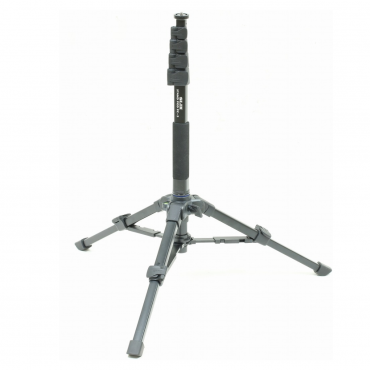
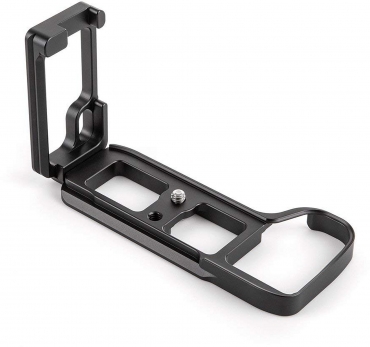
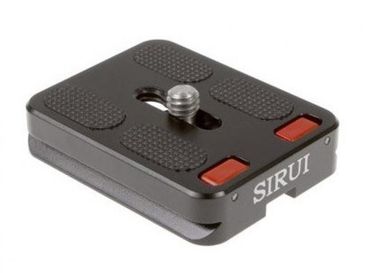

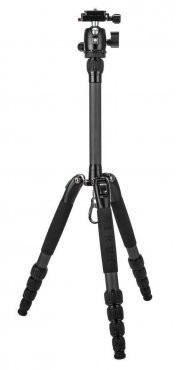

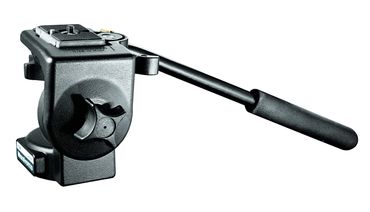
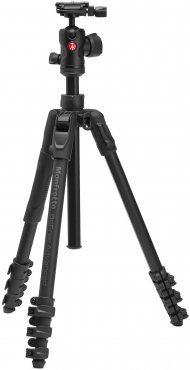

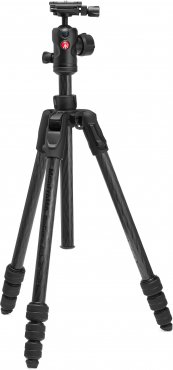
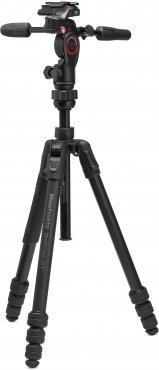
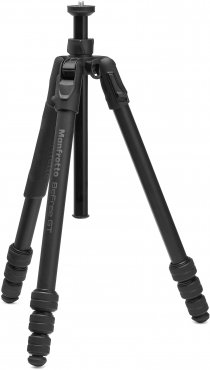
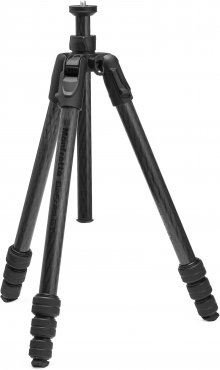
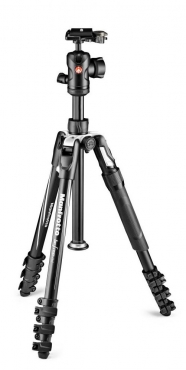
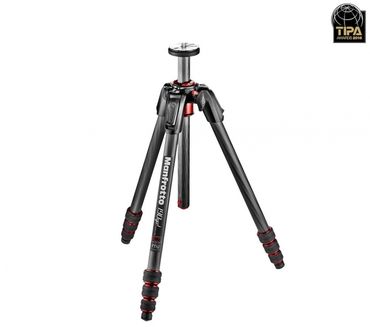
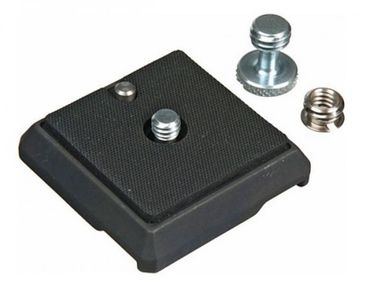
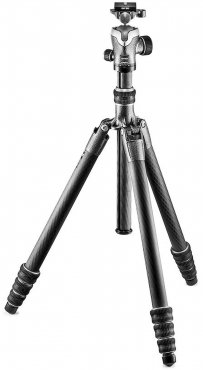


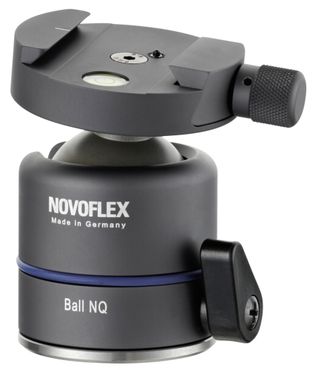
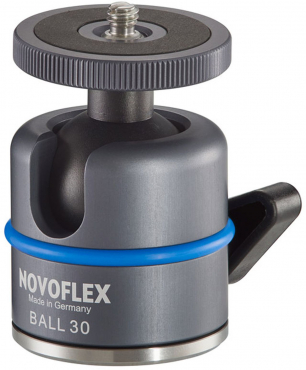
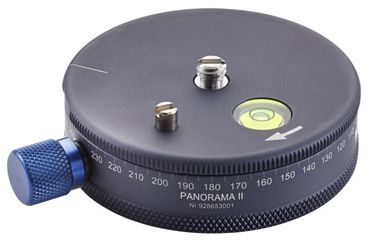

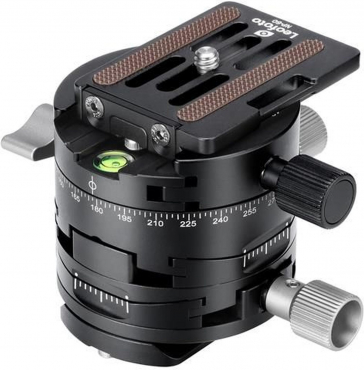


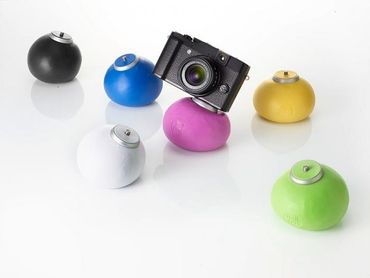
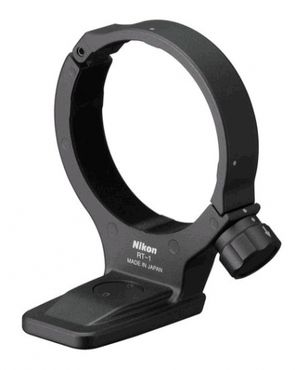
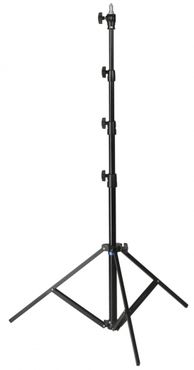
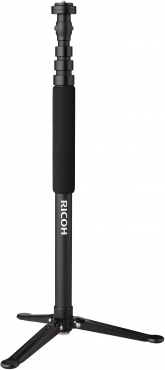
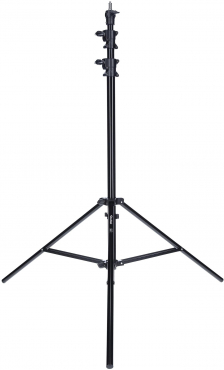
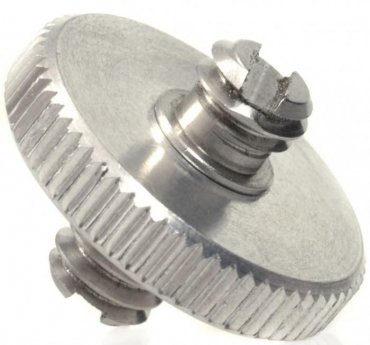
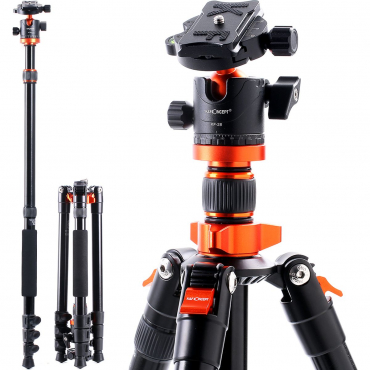
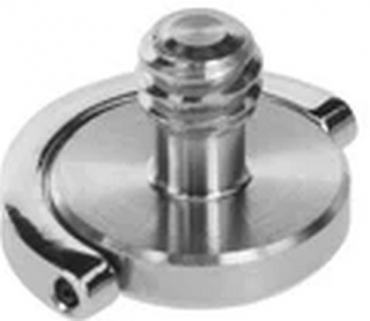
Simply subscribe and benefit as a newsletter recipient every week: